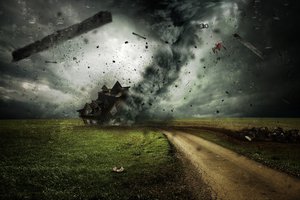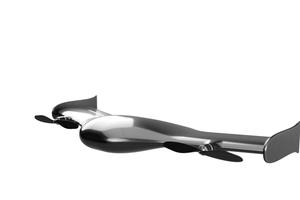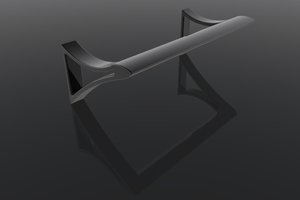Requirements
The requirements for the design included the followings:
- Finding an extremely long range, low power wireless communication
- A communication range of 12-15 km
- A small PCB that could be connected to the cellphone in its enclosure.
- A good enclosure that would include all the device components.
- High communication reliability
- Cost-effective
- Robust under different environmental conditions
Challenges
- Low power consumption
- Coverage of the area where all devices were spread
- Small size for the final design so that all the components could be enclosed in an enclosure
Solution
The design team worked on the design according to the above requirements and as the first step worked on all the details with the client to make sure that all the requirements were included. Due to the complexity of the design, this process took about a month. Once this step was successfully accomplished, the design team started reviewing all possible options for reaching the project’s target goal and it finally chose the best option. Some of the main features of the final option included the followings:
- This option included making a small-sized board connected to the mobile that would take the message from the cell phone and would relay it to the area within its range of transmission via a LoRaWan gateway.
- The same system on other cellphones was able to receive the message and relay it to others in the network at a longer distance.
- In order to resolve the 2nd challenge, the mobile app was prepared in a way that the system was capable of covering the whole area where all MeshX devices were located.
- The app had two functions: 1. It was able to monitor the received signals. Once the signal was received and decoded, the app could determine whether it was sent by one of the cellphones in the network. It would then display the message on the receiving phone. 2. Its other duty was to relay it to the other devices in the network.
- In order to make sure that all the components could be enclosed in the enclosure, the following steps were taken.
- Using SMD components.
- Making the PCB as small as possible. EMI was a major issue is reducing the size.
- Finding a special antenna that could be put in the enclosure without losing its transmitting capabilities.
DESCRIPTION
The design was made, prototyped and delivered to the client in 5 months. The technique used in the design provided a highly efficient and reliable system for covering a wide area and even more distant points. The design proved that it could be used as a reliable rescue device in mountainous regions where the normal communication between cell phones are interrupted. Having checked the design, the client was quite pleased with the final outcome as it met all his requirements.
 fr.shirvan
fr.shirvan

 Naman Pushp
Naman Pushp
 TAIBHSE DESIGNS
TAIBHSE DESIGNS
 Josh
Josh
What would be the price?